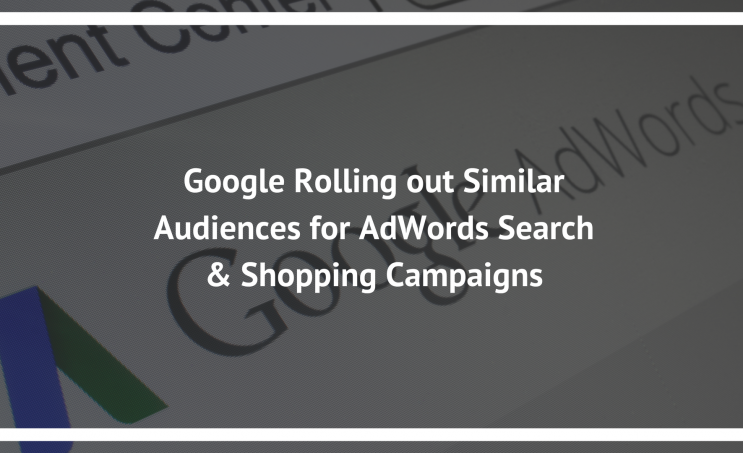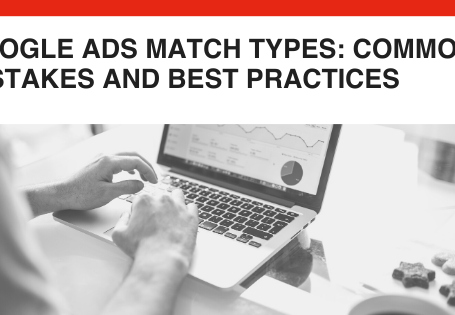Google Rolling out Similar Audiences for AdWords Search & Shopping Campaigns
By: Rank Media

Always looking to give advertisers extra capabilities to spend more money, Google has announced the rollout of similar audiences for search and shopping advertising campaigns. While the similar audiences feature has already been available within display campaigns for a while, Google has finally extended the targeting option to search and shopping campaigns, allowing advertisers flexible targeting options. Of course, targeting users based on keyword searches seems pretty direct, but it’s pretty difficult to weed out users that may not fit your ideal target audience. For example, one user searching for “buy health insurance” may be looking to signup for a plan on the spot, whereas another user searching for “buy health insurance” may be looking to get more information. With the ability to strengthen targeting capabilities by seeking out users similar to those who have previously converted via your website, search advertising campaigns will become far more effective.
Similar audiences for search advertising will allow businesses to create highly efficient audiences, as based on users who have previously visited their websites. RLSA, also known as remarketing lists for search advertising, gives you the flexibility to implement bid adjustment and/or solely target past site visitors. Unfortunately, it does have certain limitations if you don’t generate a lot of traffic and/or want to broaden your audience without spending too much on unqualified impressions. Similar audiences for search advertising adds another layer to your targeting, creating an ideal pool of potential leads and prospects to which you can market your products & services. Google did tease the feature in May of last year, but the company never divulged details as to when it would be rolled out for the masses and enabled within AdWords accounts.
Considering the ways in which this new feature could enhance efficiency for media buying campaigns, the potential for advertisers is immense. Compared to several years ago, businesses have become savvier with their digital marketing, leading to increased competition across all media buying platforms. With increased competition comes increased costs, and a fresh need to streamline methods. Through being able to base audience lists on those who have already converted, advertisers can reduce the number of users unlikely to follow through with desired actions in the conversion funnel; thus increasing their ROI and minimizing the cost-per-acquisition. This will be particularly useful within Google Shopping campaigns. If your ecommerce store tends to capture a substantial amount of traffic and conversions, you’ll be able to key in on the differentiating factors that set purchasers apart from regular users. However, don’t take my word for it: Initial results indicate that the pilot was extremely successful for various brands. For example, Fiat Chrysler Automobiles US reported an increase of 11% in click-through rates and 22% in conversions via their test campaigns.
Alongside this important development, Google has also announced the global rollout of Customer Match targeting for Shopping campaigns. Allowing you to target existing customers within your database, Customer Match targeting ensures that existing clients see any new styles and products added to your merchant feed. Connecting users and advertisers with dynamic efficiency, this small announcement rounds off the recent thread of future-focused developments coming from Google.







 (800) 915 7990
(800) 915 7990
